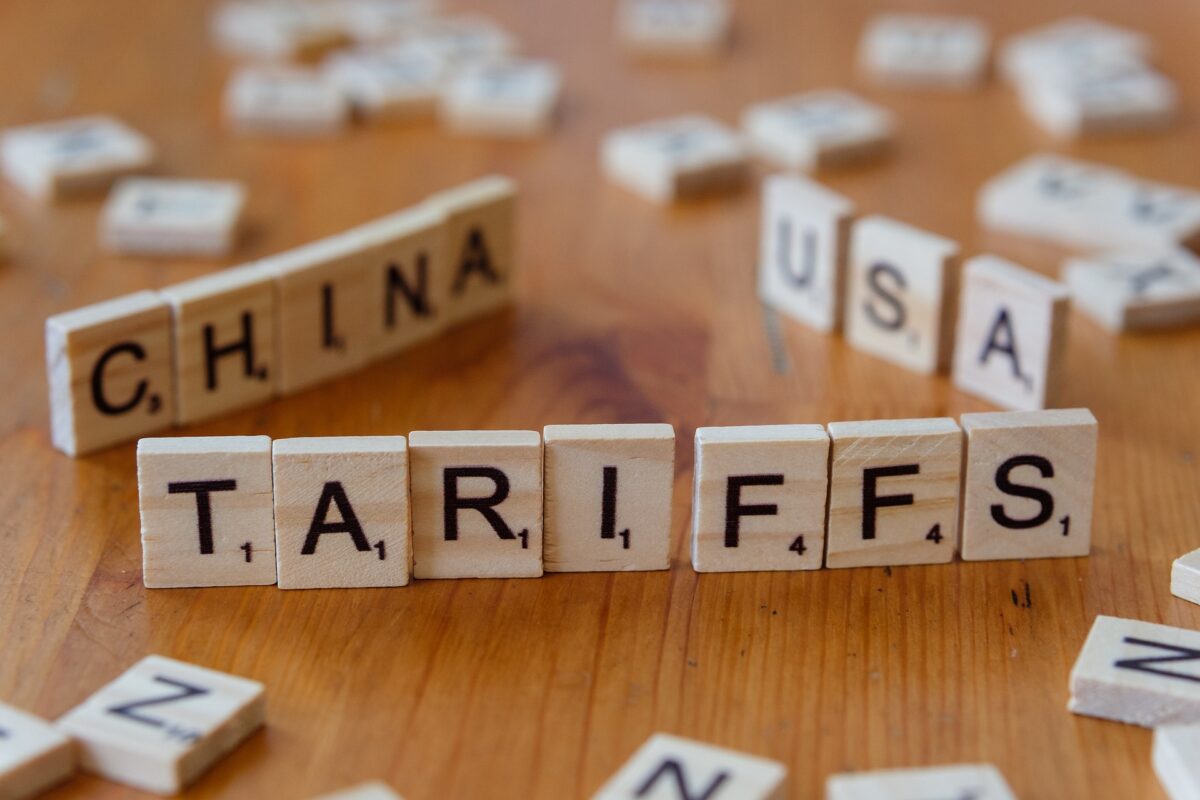
Blog
Canada Files Complaint Against U.S. Tariffs for Violating WTO

On March 13th, the Canadian government filed a complaint with the World Trade Organization (WTO) against the United States, arguing that the 25% tariffs imposed on steel and aluminum products violate international trade rules. This move comes amidst rising trade tensions between the U.S. and its key trading partners, including Canada and the European Union (EU). Trump’s protectionist policies are setting the stage for potential retaliatory measures and a full-scale trade war, raising concerns about the broader impact on the global economy.
Background of the Trade Dispute
On March 12th, the Trump administration announced that the U.S. would impose a 25% tariff on imported steel and aluminum products. Trump argued that these measures were necessary to protect domestic industries from foreign competition and to strengthen America’s industrial base. However, this decision has been met with fierce opposition from major trading partners, particularly Canada and the EU.
Canada, being one of the largest suppliers of steel and aluminum to the U.S., immediately condemned the tariffs. The Canadian government stated that the tariffs are unjustified and inconsistent with WTO rules. More specifically, Canada argued that the U.S. measure to raise tariffs on aluminum products violates the United States’ obligations under the 1994 General Agreement on Tariffs and Trade (GATT).

Retaliation from Canada and the EU
In response to the U.S. tariffs, Canada and the EU have announced retaliatory measures. The Canadian government stated that it would impose 25% tariffs on approximately 30 billion CAD worth of American imports, including steel, aluminum, and other industrial products.
The EU has also taken a strong stance against the tariffs. On March 12th, the European Commission announced plans to impose countermeasures starting from April 1st. The EU’s tariffs will target a wide range of American products, including motorcycles, bourbon whiskey, and agricultural products, amounting to approximately 28 billion EUR. This escalation of trade barriers is expected to strain transatlantic trade relations.

Trump’s Response
How has Trump responded to these actions? He has remained firm on his protectionist stance. On March 13th, he addressed reporters at the White House, stating, “We will not make any concessions on steel, aluminum, or automobiles. In fact, we want to see more cars produced in the United States.” Trump’s comments reflect his administration’s strategy of leveraging trade barriers to boost domestic production and reduce reliance on foreign imports. President Trump indicated that he had no intention of changing his stance on tariffs. Speaking to reporters in the Oval Office, he said, “We have been exploited for years, but that will no longer happen. We will not back down on aluminum, steel, or automobiles.”

Economic Impact and Risks
The unfolding trade conflict between the U.S., Canada, and the EU poses significant risks to the global economy. Trade barriers typically lead to higher production costs, reduced competitiveness, and slower economic growth. According to economists, the steel and aluminum tariffs alone could increase production costs for American manufacturers, especially in the automotive and construction sectors. For example, the Motor & Equipment Manufacturers Association predicted that the tariffs would increase the cost of producing a car by around $200 to $300 per vehicle. For the construction industry, the price of materials like steel beams and aluminum products could rise, increasing overall project costs.
Retaliatory measures from Canada and the EU could also disrupt global supply chains and affect businesses and consumers on both sides of the Atlantic. Higher tariffs on American products could reduce demand and force U.S. exporters to find alternative markets, leading to potential job losses and lower corporate profits.

Effect on Financial Markets
Furthermore, financial markets are sensitive to geopolitical tensions. Increased uncertainty surrounding trade policy could lead to higher volatility in stock markets and put downward pressure on global economic growth. In early February, when the Trump administration imposed tariffs, the S&P 500 index dropped by about 2% due to investor concerns. The tariff measures increased uncertainty regarding U.S. trade policy, and there were fears that rising costs, especially for industries using steel and aluminum, would pressure corporate profits. Additionally, the potential escalation of a trade war raised concerns about global economic growth, prompting investors to adopt a risk-averse stance, which led to the decline in stock prices.
Path Forward
Canada’s decision to seek WTO intervention reflects a strategic approach to resolving the conflict through established international mechanisms. The WTO dispute resolution process could take months or even years to reach a final ruling. Meanwhile, Canada and the EU are likely to maintain pressure on the U.S. through targeted retaliatory measures. Moreover, the Chinese Ministry of Commerce has also expressed strong dissatisfaction with the U.S. tariff measures and indicated its intention to seek resolution through discussions at the WTO
Diplomatic efforts to resolve the conflict through negotiation remain possible but challenging. The Trump administration’s protectionist agenda suggests that the U.S. is unlikely to back down without securing significant concessions from trading partners.

Conclusion
The ongoing trade conflict between the U.S., Canada, and the EU highlights the fragility of global trade. Trump’s tariffs on steel and aluminum have sparked swift retaliation, with immediate economic and political consequences. The dispute’s outcome could shape global trade and shift the balance of economic power among major economies.
Trade, which involves the export and import of resources and energy sources, will have various impacts moving forward. One key issue that will affect regions worldwide is climate change. If policies that contradict climate change mitigation efforts, like those of the current Trump administration, continue, global warming will undoubtedly accelerate. How we prevent this from happening will determine the future of both companies and nations.
What can companies do? In addition to reducing emissions and improving energy efficiency, they can contribute to carbon offset initiatives. Our goal is to promote carbon credits to support companies in these efforts. Let’s work together to improve the global environment!
